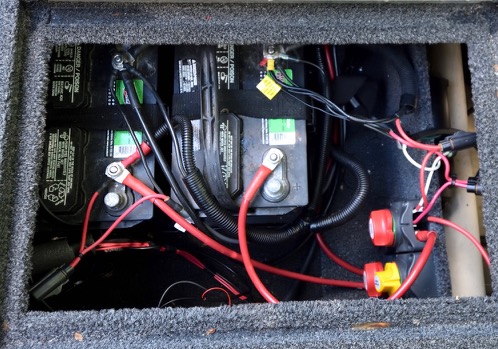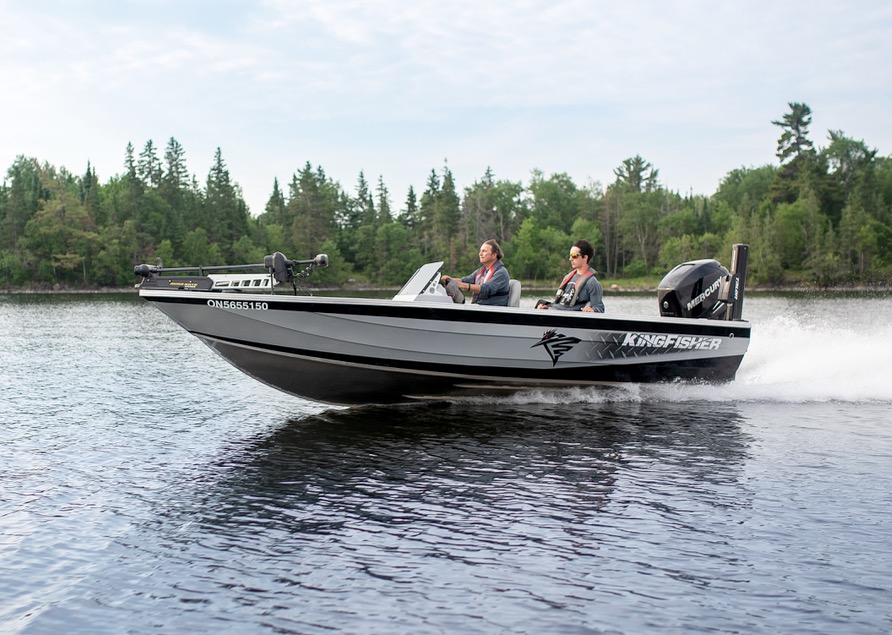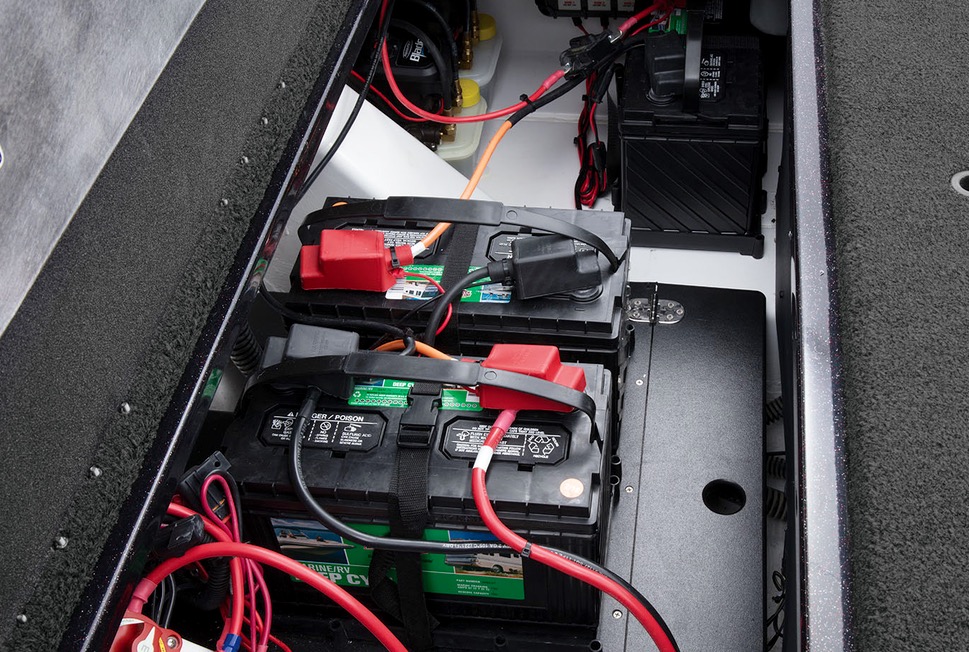BEDTIME FOR BOATS
It’s time to put away your fishing rig—and make sure it’s ready for action in the spring
Advertisement
POWER PRESERVATION
Pay extra-special attention to the cranking battery that starts the engine, the house battery that powers the accessories (electronics, lights, livewell, horn and so on) and the deep-cycle batteries that run your electric trolling motor. Turn off the master power control switch on the boat, then clean all the terminal posts and pop open each cap to check the electrolyte levels. Top them up with distilled water as required, then ensure all the batteries are fully charged.
Advertisement
Now, the big question is whether you should remove the batteries from the boat, leave them connected or leave them in place, but unconnected. I keep mine connected, but only because I have installed a digital voltage-sensitive relay system that allows me to turn off everything to ensure there’s no parasitic drain. And because I store the boat in the garage, I run a maintenance charge through the cranking and deep-cycle batteries every two weeks.
If you shrink-wrap your boat and/or store it outside, however, you don’t have that luxury, so you have to turn off the master power switch and disconnect the negative cables if you want to leave the batteries in the boat. An even better course of action is to remove and store the batteries in a dry, warm spot where you can recharge them over the winter. Always remove the negative cables first, and put them back on last.

Also, be sure to remove any jewellery, especially rings, while working with batteries. Boat batteries are miniature hydrogen bombs that store enormous amounts of electrical power, so never take risks. Several years ago, for example, a guest jumped up on the back casting platform of my old boat, somehow pushing the battery compartment lid onto the battery posts. Dense black smoke suddenly started billowing out of the compartment, and when I lifted the lid, I watched as the thick lead terminals melted into liquid. It turned out the underside of the lid had a foil-like metal lining. Now, imagine if you were disconnecting the cables while wearing a ring or using a wrench and accidentally touched a metal strut. Enough said.
Advertisement
Be sure to remove any jewellery, especially rings, while working with batteries
To keep track of which cables go with which battery, label each battery and its set of positive and negative cables with matching numbers (group the individual sets of cables together with zip ties or electrical tape). That way, you won’t mistakenly attach a cable to the wrong battery. And to be extra sure where everything belongs, snap some photos of the batteries before you remove the cables.
When the spring bite is on, after all, the last thing you want to be doing is figuring out why the boat won’t fire up.
Advertisement


